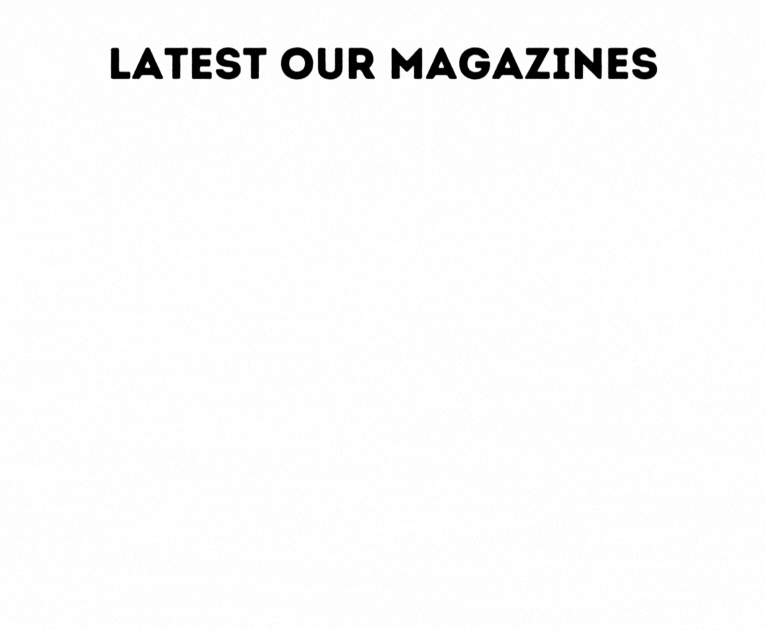How Pandemic Patterns will Continue to Influence 2023 Consumer Behavior
- Jan. 18, 2023
- FMCG HORECA BUSINESS

Mark Mathews, vice president of research development and industry analysis at the National Retail Federation (NRF), stated at the organization's Big Show on Tuesday that it will be difficult to predict consumer behavior in 2023, but the lingering effects of the pandemic could provide marketers with a glimpse of what's to come in the coming months. For instance, customers who were familiar with at-home watching during prior lockdown times are fueling the growth of the connected television (CTV) industry, which is expected to continue expanding this year.
Mathews said, "There are certain habits that we adopted during the epidemic, such as streaming instead of necessarily going to the movies, that will last longer than we anticipate."
During the conference, Mathews held a press briefing with Katherine Cullen, senior director of industry and consumer insights at NRF, and Jonathan Silver, CEO and founder of Affinity Solutions. The three individuals provided consumer behavior forecasts based on data acquired by Affinity, discussing the lasting impact of COVID-19 on spending patterns and the importance of the present macroeconomic condition.
Pandemic stocks decline
COVID-19 has had several peculiar consequences on the general public. During the epidemic, for instance, consumption soared, but savings also increased by 34%, providing for a $2 trillion reserve. The occurrence might be explained by consumers' increased ability to cut down on some areas, such as gasoline, travel expenses, and dining out, while stimulus cheques further padded their coffers.
This enormous cash hoard may partly explain why economists were baffled by consumer behavior when the economy deteriorated last year. During periods of inflation, it is usual for budgets for necessities such as food to grow while those for non-essentials such as clothes and vacation decrease.
So yet, these consequences have not been as pronounced as anticipated. However, if the consumer outlook continues to deteriorate owing to worries of a recession, spending might take a larger bite. In the meanwhile, pandemic stockpiles will continue to diminish, resulting in an overall tense situation.
Intelligence at an all-time high
As customers scrutinize their wallets more carefully, marketers may anticipate habits such as early shopping and a greater evaluation of value to remain constant.
NRF panelists asserted that the frugal customer is here to stay, citing instances such as the fact that Christmas shopping in 2022 would begin sooner than in the past. Many of these early buyers were concerned about the possibility of supply chain disruptions comparable to those that occurred in 2021. Cullen predicts that early holiday spending will return in 2023, despite the easing of these anxieties.
Experts anticipate, among other behaviors, that buyers would make every effort to comprehend what they are acquiring before to the checkout process in order to obtain the greatest potential value. Some companies have already started experimenting with upcoming technologies, such as artificial intelligence and augmented reality, that enable customers to picture furniture in their homes or shoes on their feet.
These add-ons may initially be difficult to implement, but they may yield long-term advantages if buyers return fewer products.









